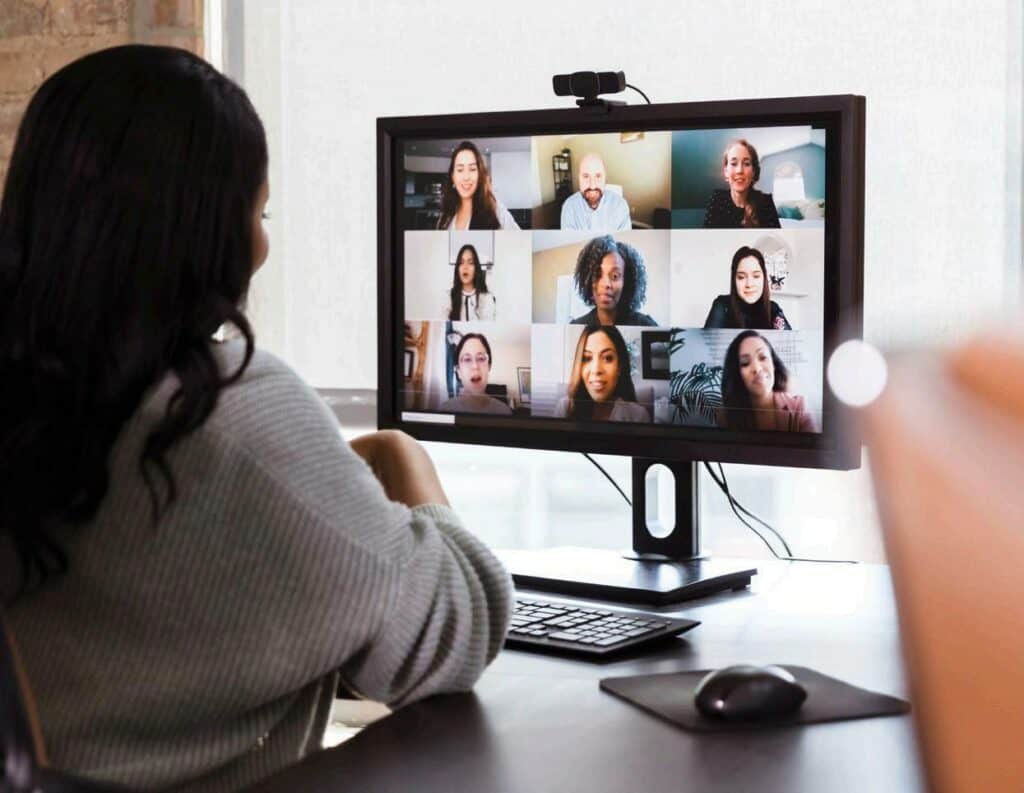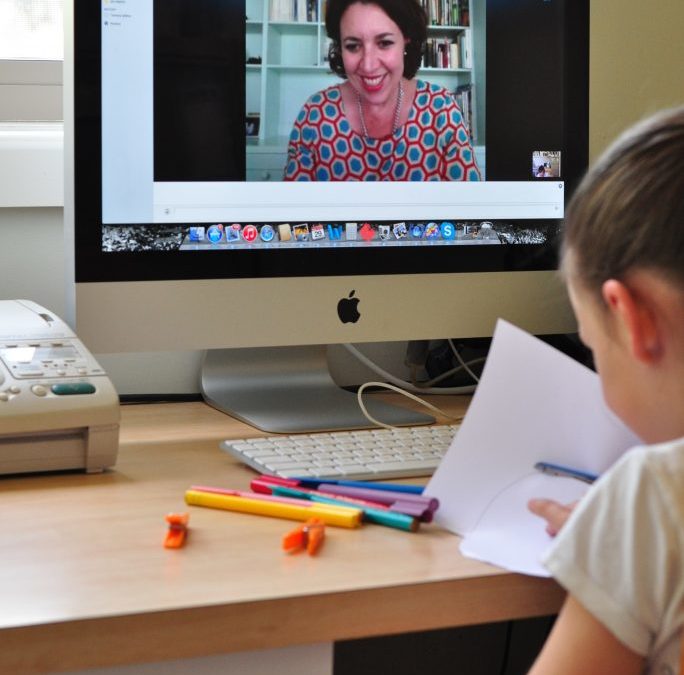This story is from OTA Connections Autumn 2022 written by Tracy Spencer, Senior Occupational Therapist at Therapy Connect.
How would you deliver high-quality occupational therapy to clients living anywhere in Australia, with a team of mostly part-time allied health professionals scattered across the country in multiple time zones? Virtually impossible? Or is it possible, virtually?
This is the core business of Therapy Connect, a provider of high-quality, allied health therapy services solely via telepractice. Therapy Connect’s client cohort is geographically dispersed across metropolitan, rural and remote locations in almost all states and territories. The Therapy Connect team is also geographically dispersed, including some practitioners who live overseas. To make this arrangement a success, adapting the way we communicate and collaborate with clients and colleagues is vital to the delivery of a high-quality service.
The nature of this virtual workplace means that, unlike face-to-face services, clients and practitioners do not share the same physical location. Often there may be very little in the way of shared lived experiences. The diversity of cultural and social backgrounds on both sides is vast.
In order to build high-quality and effective therapeutic alliances, it is vital for a cohesive therapy team to adapt traditional communication methods.
The key to overcoming potential communication barriers is not through highly specialised or new and innovative technology, but through what is now mainstream technology: teleconferencing, email, phone call, text message, and shared drives and documents. Utilising multiple technology modes for synchronous and asynchronous communication increases the accessibility of information to the team, clients and their families. After all, quality telepractice is founded in personcentred practice, is relationship-based, and technology is simply the vehicle for service delivery (Hines et al). Before a teleconferencing session, therapists may email clients and their families with documents to print, resources to collect, and information on how to set up the session. During sessions, in addition to the real-time exchange of audio and visual communication, therapists also frequently use the chat function to share written information, documents and links to helpful websites. The share screen function allows for a shared workspace, either through an onscreen activity, a virtual whiteboard (such as the Zoom feature or Google Jamboard), shared video demonstration of an activity, and completing onscreen assessment questionnaires. Photos can be taken by clients or carers and emailed to the therapist during the session to allow for greater analysis, such as that of handwriting.
However, it is not only high-quality communication during a telepractice session that is vital. The use of asynchronous methods of communication outside sessions is essential to ensure the client, family and team work collaboratively and effectively. This varies greatly based on the client and family’s needs and preferences, however, a combination of some or all of the following strategies is commonly used:
- Joint report writing using shared drive and shared digital document tools;
- Recording parts of sessions to promote multidisciplinary assessment and collaboration;
- Client sharing video recordings with the therapy team to review; and
- Shared virtual whiteboard (such as Google Jamboard) between therapy team members and clients to promote and support collaborative interventions.
When starting out at Therapy Connect, I was excited about the challenges of adapting my skills to telepractice. But now I have done far more than this. Telepractice has taught me to adapt the way I communicate and engage with clients and families in ways I probably would never have explored otherwise. Having seen the value in diversifying my methods of communication and interaction, I believe there is value in applying these adaptations to all areas of our practice, not only telepractice. About the Author Tracy Spencer is a senior occupational therapist at Therapy Connect, with more than 10 years’ experience working in paediatric occupational therapy roles. Tracy is strongly guided by the input from clients and their families to ensure she supports clients in the most meaningful and effective way. Tracy has a strong interest in the areas of attachment, emotional regulation and sensory regulation. She believes sensory and emotional regulation provide children with an essential stable base in order to participate fully in play, learning and at home. Tracy believes her creativity and problem-solving skills emerged as a result of growing up on a farm in Western Australia. She enjoys problem-solving to come up with new and innovative ways to assist her clients to achieve their goals.




